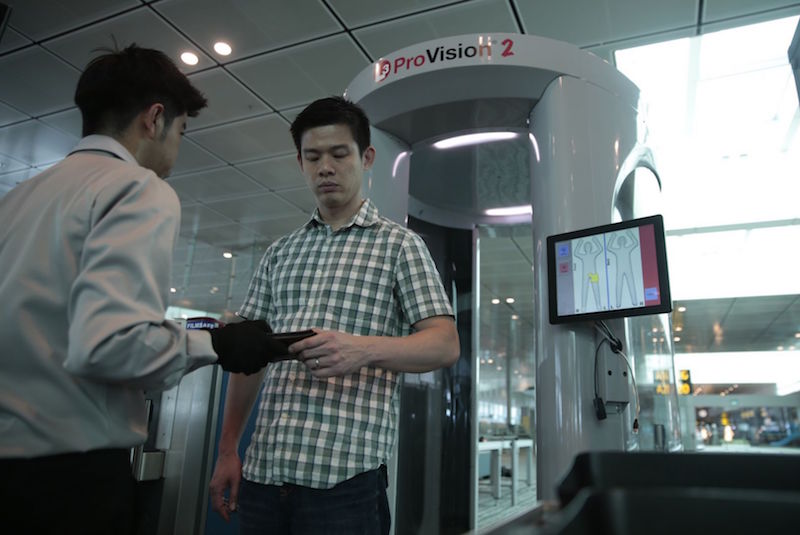SINGAPORE, April 22 — Security checks at Changi Airport could soon be faster and more convenient for passengers, if ongoing trials with new luggage and body scanners prove successful.
The new screening technologies being tested could allow passengers to pass through security checks without having to take out laptops and electronic devices from their hand carry luggage. Full-body pat downs could also become less frequent with a new scanner that can better locate objects on the travellers’ clothing or body.
Separate trials for the two screening systems are currently underway at two boarding gates in Changi Terminal 3 (T3).
The first trial involves a new hand luggage screening system that combines a computed tomography (CT) scanner with an automatic tray return system. Two passengers can simultaneously place their hand-carry luggage on the trays.
The trays are then automatically transported by a conveyor belt into the CT scanner, which generates three dimensional images compared to the traditional two dimensional ones by X-ray scanners. This eliminates the need for passengers to remove their laptops or tablets, and is estimated to be able to speed up the scanning process by about 20 per cent.
The new hand luggage trays will also be bigger, allowing travellers to avoid having to use multiple trays for their belongings. Changi Airport is the first airport in Asia to conduct trials for this new hand luggage screening system. Further trials involving actual passengers are expected to begin in May.

Meanwhile, a separate trial is underway at another T3 boarding gate to test out a new generation body scanner that is said to better protect passengers’ privacy.
This new scanner will generate a stick-man image of the traveller being inspected, instead of an anatomically accurate picture. New software also allows the scanner to better detect metallic and non-metallic items on a passenger, and highlight the locations of these objects to the security officer. This reduces the need for a full body pat down.
“We work very closely with the authorities to review and adopt new advanced technologies, and process innovation to improve security screening and enhance the passenger experience at Changi,” said Alan Tan, Changi Airport Group’s vice president of aviation security.
Trials of both systems will run till June this year, after which a review will be conducted to examine their feasibility. Changi has not given a specific timeline for the partial or full implementation of the new systems.
“The data and passenger feedback we collect from the trials will help us assess the effectiveness and operational efficiency of these new systems, before we ascertain their suitability for implementation at the airport,” added Tan. — TODAY






















